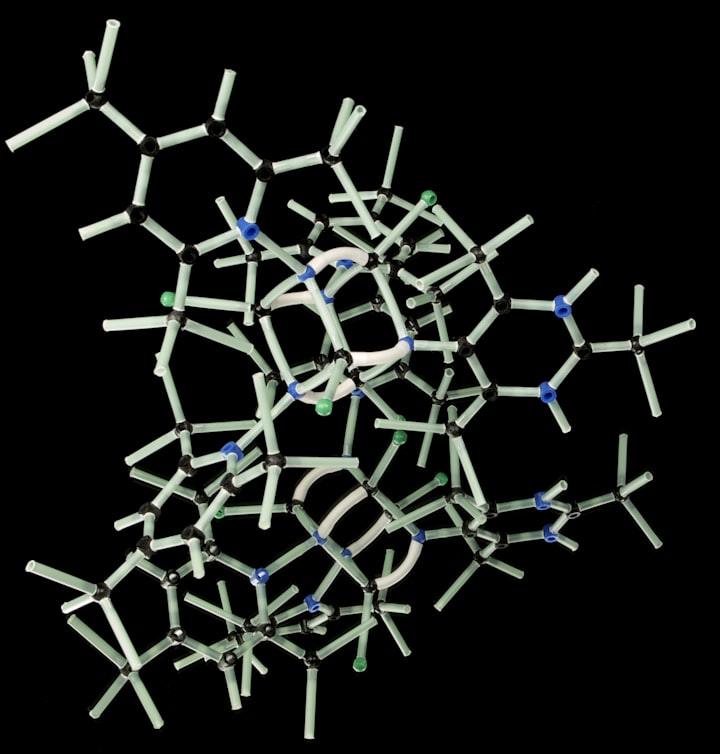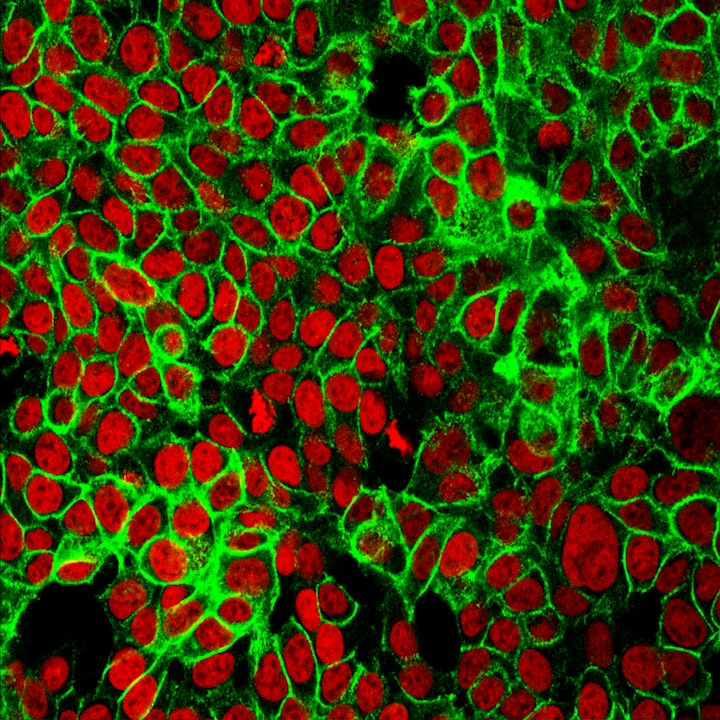Why are LEDs more efficient than incandescent bulbs?
Discover how LED lighting efficiency surpasses incandescent bulbs, through incredible energy conversion, and reduced environmental impact.

When comparing traditional tungsten incandescent bulbs to LEDs, it's clear that the latter is considerably more efficient.
LED bulbs can reach an efficiency of 20-50%, whereas incandescent bulbs only manage around 2%.
This discrepancy in efficiency translates to energy savings, as a low-power LED bulb can emit the equivalent amount of light as a 100+W incandescent bulb.
Energy Conversion in LEDs
In the case of LEDs, a significant portion of the electrical energy consumed is converted into light, with the remaining energy converted into heat.
Conversely, incandescent bulbs produce a substantial amount of heat in addition to light.
LEDs produce a narrow spectrum of visible light, whereas incandescent bulbs emit a broader spectrum, extending into the infrared range.
The Functioning of LEDs
In simple terms, LEDs function as follows
individual electrons release light of specific wavelengths as they move between available energy levels.
This process is the fundamental principle behind how LEDs produce light.
Advantages of LED Lighting
The efficiency, durability, and cost-effectiveness of LED lighting make it an increasingly popular choice for various applications, including residential, commercial, and industrial settings.
Their ability to emit light without generating excessive heat also makes them a safer and more energy-efficient lighting option.
Environmental Impact
Furthermore, the reduced energy consumption and longer lifespan of LEDs contribute to a lower environmental impact.
With the global shift towards sustainable and energy-efficient practices, the widespread adoption of LED lighting has the potential to significantly reduce electricity usage and greenhouse gas emissions.
Emerging Developments
Recent advancements in LED technology, including improvements in color rendering, dimmability, and efficiency, continue to broaden their applicability in diverse settings.
As research and development in this area progress, we can anticipate further enhancements and innovations in LED lighting technology.






